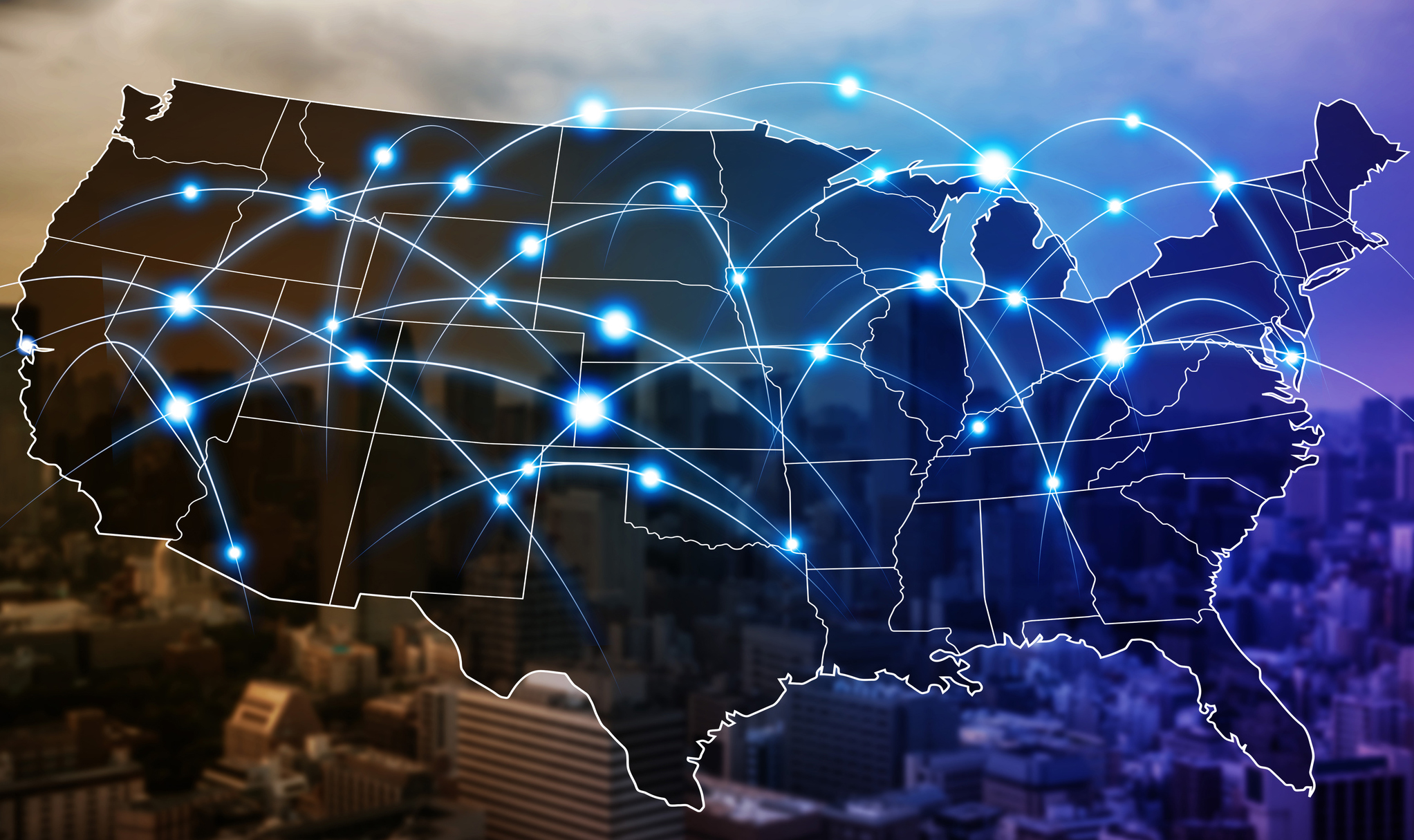
Oh no! The poor satellite internet companies!
The White House today rolled out a plan outlining a road to universal high-speed internet access in the United States by 2030. The plan will draw on some $42 billion in funding from the $1 trillion 2021 infrastructure laws that Biden championed.
“It’s the biggest investment in high-speed internet ever. Because for today’s economy to work for everyone, internet access is just as important as electricity, or water, or other basic services,” said President Joe Biden at the White House on Monday.
The plan will be based on a Federal Communications Commission map, recently released, that highlights major gaps in access. Presumably it will also be based on the new broadband standard in the US of 100Mbps downstream, 20Mbps up.
News agency Reuters reports that the plan will most funding will hit larger states like Texas and California, as well as those with large underserved rural populations, like Virginia, Alabama, and Louisiana. It also includes money for US territories, like the Virgin Islands. Rural populations in these areas are forced to rely on slow, unreliable satellite internet connections. (I’d know—I live in one and would be forced to use it, but for the grace of a lucky nearby fiber internet trunk.)
An accompanying statement by Vice President Kamala Harris said that “24 million people in our country do not have access to high-speed internet, either because they cannot afford the monthly cost of a plan or because they live in communities that have not yet been fully connected to fiber-optic networks. Every person in our nation, no matter where they live, should be able to access and afford high-speed internet.”
High-speed internet access has long been a problem in the rural United States due to its remarkably low population density. Despite being either the third or fourth largest country by land area, it ranks 186th on a list of countries by population density. The early COVID pandemic shutdowns raised this issue en masse, as students in poorer more rural counties were unable to effectively access online course materials or attend virtual classes.
I’ll get back to you in 2030 about whether they succeed on this one.



